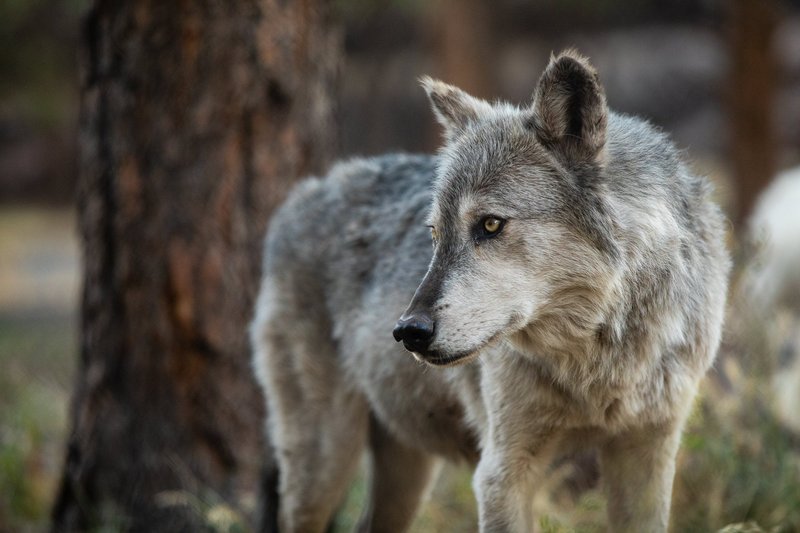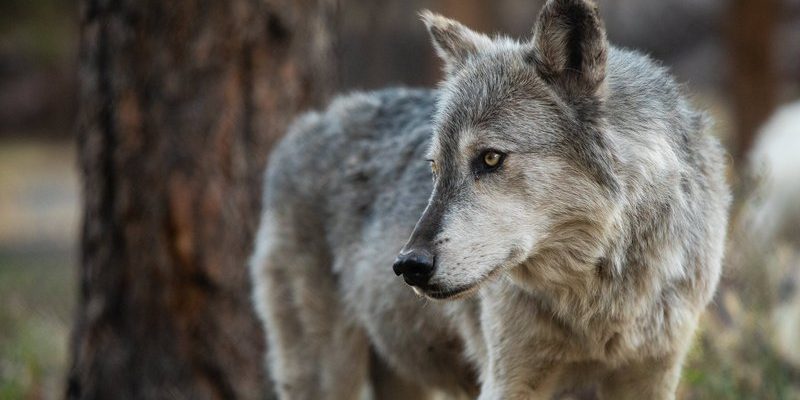
Exploring the status of the tundra wolf is like trying to solve a puzzle. You have to consider not just the wolves themselves, but their environment, human activity, and conservation efforts. The truth is, while some populations may be stable, others are facing serious threats. In this conversation, we’ll look at the various factors impacting the tundra wolf, the significance of conservation efforts, and what steps can be taken to protect this iconic species.
Understanding the Tundra Wolf
Tundra wolves are a subspecies of the gray wolf, and they are specially adapted to survive in frigid climates. Their fur is thick, providing warmth, while their larger body size helps them conserve heat. One fascinating fact is that these wolves typically run in packs, which helps them hunt and protect each other. Think of it like a family unit working together to tackle the challenges of their environment.
The tundra wolf’s diet mainly includes caribou, musk ox, and smaller mammals. They’re known for their remarkable hunting skills. Imagine a well-orchestrated team working together to take down prey much larger than themselves—that’s how these wolves operate. However, their reliance on specific prey means that changes in the ecosystem can have a ripple effect on their survival.
The Current Status of Tundra Wolves
You might be wondering where tundra wolves stand on the conservation scale. Unlike some species that are critically endangered, tundra wolves don’t have a universal status. Depending on the region, their populations vary widely. In some areas, their numbers are stable, while in others, they are experiencing significant declines due to various environmental pressures.
In general, the tundra wolf is considered less at risk compared to other wolf subspecies, but they are still vulnerable to habitat loss and climate change. In particular, as the Arctic regions warm, their habitat can shift, leading to potential conflicts with humans and a decline in available prey. It’s essential to keep an eye on these trends, as they can drastically affect the health of the tundra wolf population.
Factors Affecting Tundra Wolf Populations
So, what exactly is putting the tundra wolf at risk? There are several factors to consider:
- Climate Change: Warming temperatures can alter the tundra ecosystem, affecting food sources.
- Human Encroachment: As more people move into Arctic regions, the wolves face habitat loss and increased conflict.
- Hunting and Trapping: In some areas, hunting and trapping regulations can lead to declines in wolf populations.
Each of these factors can significantly impact the tundra wolf’s survival chances. You might think of it like a game of Jenga: pull one block out, and the whole structure can become unstable. Conserving their habitat and managing human interactions are critical to maintaining their populations.
The Role of Conservation Efforts
Here’s the thing about conservation—it’s a complex web of efforts aimed at protecting wildlife. For tundra wolves, several organizations and initiatives are dedicated to monitoring and supporting their populations.
Conservationists often focus on creating safe habitats, educating the public about wolf behavior, and establishing regulations to limit hunting. They also work with local communities to find ways to coexist peacefully with wolves. It’s like fostering a relationship where both sides can benefit.
One prominent example is the establishment of protected areas where wolves can roam freely without fear of human interference. These sanctuaries serve as vital ecosystems for the wolves, allowing them to hunt and thrive in their natural environment.
Community Involvement and Education
The role of public awareness cannot be overstated. Teaching people about tundra wolves and their importance to the ecosystem is crucial. When communities understand how these wolves contribute to the health of their environment, they’re more likely to support conservation efforts.
You might find community workshops, school programs, or even social media campaigns aimed at fostering a connection between people and these incredible animals. For example, in some areas, educational programs share success stories of wolf recovery, highlighting how a community’s effort made a difference.
By involving community members, conservationists can create stewards of the land who feel invested in protecting the tundra wolf and its habitat. It’s like creating a team of ambassadors, united in the mission to safeguard their local wildlife.
Looking to the Future: Steps to Protect Tundra Wolves
If we want to ensure the survival of the tundra wolf, we need action. Here are several steps that can help protect this remarkable species:
- Promote Habitat Conservation: Support initiatives that preserve the tundra ecosystem.
- Encourage Sustainable Practices: Advocate for responsible land use that minimizes human impact on wolf territories.
- Support Legislation: Get involved in efforts to create laws that protect wolves from unnecessary hunting and trapping.
Every little bit helps. Even spreading the word about tundra wolves can make a difference. The more people rally behind their cause, the stronger the future becomes for these incredible wolves.
In conclusion, the tundra wolf is a symbol of the wild, beautifully adapted to one of the most challenging environments on Earth. While they aren’t universally classified as endangered, their populations face real threats that require our attention. Understanding these challenges and supporting conservation efforts is crucial to keeping these wolves thriving for generations to come.
Whether it’s through education, habitat preservation, or community involvement, each of us can play a role in ensuring that tundra wolves remain a part of our planet’s rich tapestry. Remember, every action counts—together, we can help protect these magnificent creatures and the ecosystems they call home.

